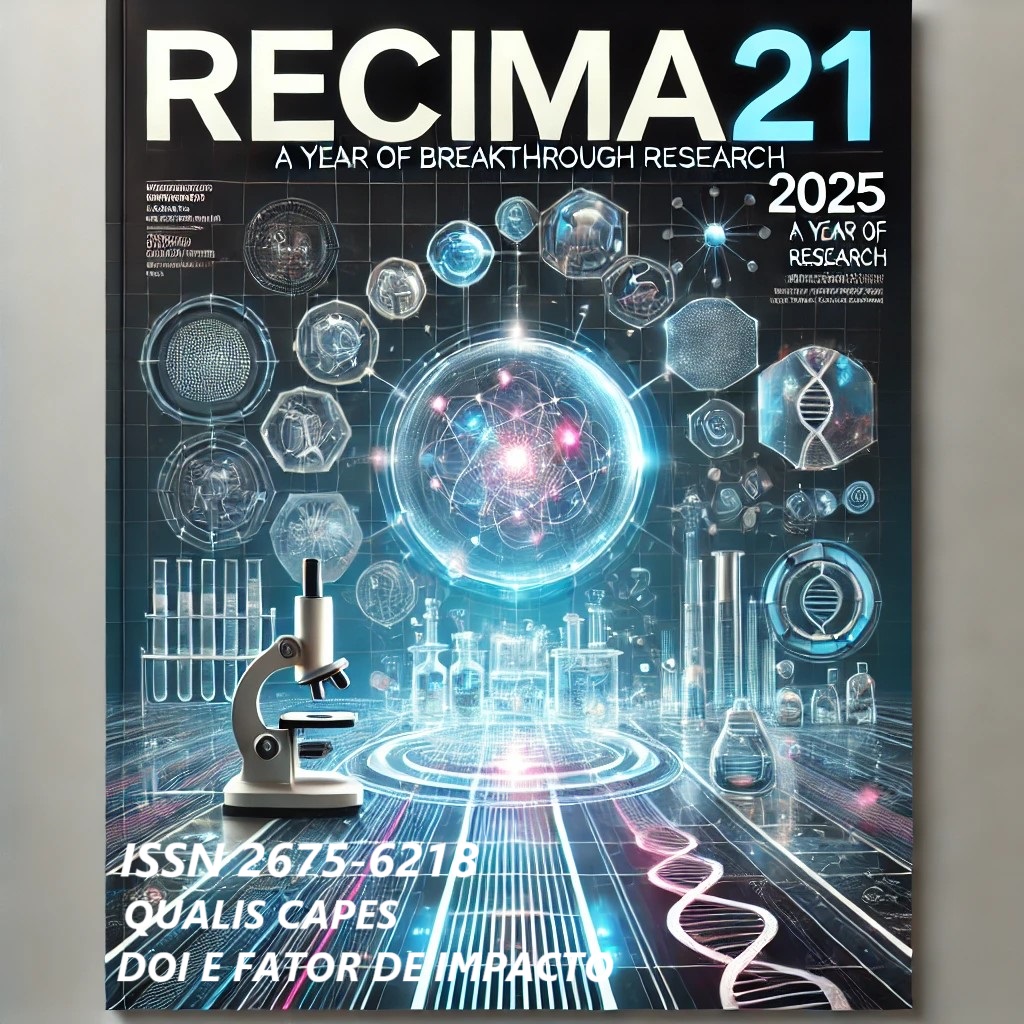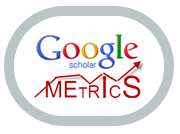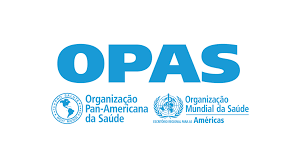EPIDEMIAS DEL ÚLTIMO MILENIO REPRESENTADAS EN EL ARTE: UNA REVISIÓN NARRATIVA
DOI:
https://doi.org/10.47820/recima21.v6i6.6516Palabras clave:
arte, epidemias, Peste bubónica, covid-19Resumen
El arte ofrece enfoque único para explorar las complejidades de la experiencia humana, permitiendo análisis de cuestiones médicas desde un punto de vista científico hasta las perspectivas emocionale, cultural y ética. La observación detallada de pinturas puede ayudar en la consolidación semiológica de enfermedades, complementando el modelo de atención en medicina. Este artículo tuvo como objetivo explorar la relación entre arte y epidemias durante el último milenio, centrándose en la peste negra y el COVID-19. La primera fue una de las mayores epidemias de la historia y tuvo profundos impactos en la salud de la sociedad durante el siglo XIV, al igual que el reciente brote de la última. La selección de literatura se basó en descriptores y filtros de búsqueda aplicados a bases de datos electrónicas de dominio público con respaldo científico. Siguiendo criterios de inclusión y exclusión y filtros elegidos para este estudio, se seleccionaron 20 publicaciones disponibles. Además, se eligieron dos pinturas compatibles con las publicaciones encontradas. En esta revisión narrativa buscamos reflexionar sobre la importancia del arte en la medicina y cómo la observación de pinturas puede ayudar en la enseñanza médica. Adicionalmente, se destacó la relevancia de considerar aspectos culturales y biológicos y análisis semiológicos de las diferentes visiones sobre las epidemias a lo largo de la historia. Se espera que contribuya a la discusión sobre la relación entre el arte y la medicina y cómo se puede utilizar el arte para mejorar la enseñanza médica y la comprensión de las epidemias.
Descargas
Referencias
1. Adajian T. The definition of art. Stanford Encyclopedia of Philosophy; 2018. [cited 2025 Apr 22]; Available from: https://philpapers.org/rec/ADATDO-2.
2. Morriss-Kay GM. The evolution of human artistic creativity. J Anat. 2009 Nov;216(2):158–176. DOI: https://doi.org/10.1111/j.1469-7580.2009.01160.x
3. Hardiman MM. Education and the arts: educating every child in the spirit of inquiry and joy. Creat Educ. 2016 Aug;7(14):1913–1928. DOI: https://doi.org/10.4236/ce.2016.714194
4. Sherman A, Morrissey C. What is art good for? The socio-epistemic value of art. Front Hum Neurosci. 2017 Aug;11:411. DOI: https://doi.org/10.3389/fnhum.2017.00411
5. Hajar R. Medical illustration: art in medical education. Heart Views. 2011 Apr-Jun;12(2):83–91. DOI: https://doi.org/10.4103/1995-705X.86023
6. Mukunda N, Moghbeli N, Rizzo A, Niepold S, Bassett B, Delisser HM. Visual art instruction in medical education: a narrative review. Med Educ Online. 2019 Dec;24(1):1558657. DOI: https://doi.org/10.1080/10872981.2018.1558657
7. Siqueira JE. A arte como instrumento de educação médica. Curitiba: Conselho Regional de Medicina do Estado do Paraná, 2021 Jan 21. [cited 2025 Apr 22]; Available from: https://www.crmpr.org.br/A-arte-como-instrumento-de-educacao-medica-13-55643.shtml.
8. Friedlaender GE, Friedlaender LK. Art in science: enhancing observational skills. Clin Orthop Relat Res. 2013 Jul;471(7):2065–2067. DOI: https://doi.org/10.1007/s11999-013-3000-0
9. Huremović D. Brief history of pandemics (pandemics throughout history). In: Huremović D, editor. Psychiatry of pandemics: a mental health response to infection outbreak. Cham: Springer International Publishing; 2019. p. 7–35. DOI: https://doi.org/10.1007/978-3-030-15346-5_2
10. Vidal P, Tibayrenc M, Gonzalez JP. Infectious diseases and arts. In: Tibayrenc M, editor. Encyclopedia of infectious diseases: modern methodologies. New Jersey: John Wiley & Sons; 2007. p. 677–740. [cited 2025 Apr 22]; Available from: https://horizon.documentation.ird.fr/exl-doc/pleins_textes/divers19-11/010041109.pdf. DOI: https://doi.org/10.1002/9780470114209.ch40
11. González Toapanta HG. Pandemias en la historia: la peste negra y la gripe española, COVID-19 y crisis capitalista. Chakiñan, Rev Cienc Soc Human. 2021 Aug;14:130–145. DOI: https://doi.org/10.37135/chk.002.14.09
12. Tognotti E. Lessons from the history of quarantine, from plague to influenza A. Emerg Infect Dis. 2013 Feb;19(2):254–259. DOI: https://doi.org/10.3201/eid1902.120312
13. Zentner MH. The Black Death and its impact on the church and popular religion. Honors thesis. Oxford: University of Mississippi University of Mississippi; 2015. [cited 2025 Apr 23]; Available from: https://egrove.olemiss.edu/cgi/viewcontent.cgi?article=1682&context=hon_thesis.
14. Madhav N, Oppenheim B, Gallivan M, Mulembakani P, Rubin E, Wolfe N. Pandemics: risks, impacts, and mitigation. In: Jamison DT, Gelband H, Horton S, Jha P, Laxminarayan R, Mock CN, et al., editors. Disease control priorities: improving health and reducing poverty. 3rd edition. Washington (DC): The International Bank for Reconstruction and Development; The World Bank; 2017. DOI: https://doi.org/10.1596/978-1-4648-0527-1_ch17
15. Al-Rohaimi AH, Al Otaibi F. Novel SARS-CoV-2 outbreak and COVID19 disease: a systemic review on the global pandemic. Genes Dis. 2020 Jun 17;7(4):491–501. DOI: https://doi.org/10.1016/j.gendis.2020.06.004
16. Trajano VS, Oliveira J, Campello M, Gonçalves A. Expressões artísticas durante a pandemia. Rio de Janeiro: Edições Livres; 2021. [cited 2025 Apr 23]; Available from: https://www.arca.fiocruz.br/handle/icict/45956.
17. Puchmüller A. Artistic expressions of the Covid-19 pandemic: ideology and otherness in the digital comic “The Wuhan I Know” by Laura Gao. Alford Counc Int English Lit J. 2022;5(1). DOI: https://doi.org/10.37854/ACIELJ.2021.5101
18. Yang R. Plague: recognition, treatment, and prevention. J Clin Microbiol. 2018 Jan;56(1):e01519-17. DOI: https://doi.org/10.1128/JCM.01519-17
19. Demeure CE, Dussurget O, Fiol GM, Le Guern AS, Savin C, Pizarro-Cerdá J. Yersinia pestis and plague: an updated view on evolution, virulence determinants, immune subversion, vaccination, and diagnostics. Genes Immun. 2019 May;20(5):357–370. DOI: https://doi.org/10.1038/s41435-019-0065-0
20. Acosta AL, Xavier F, Chaves LSM, Sabino EC, Saraiva AM, Sallum MAM. Interfaces à transmissão e spillover do coronavírus entre florestas e cidades. Estud Av. 2020 May–Aug;34(99):191–208. DOI: https://doi.org/10.1590/s0103-4014.2020.3499.012
21. Barbieri R, Signoli M, Chevé D, Costedoat C, Tzortzis S, Aboudharam G, et al. Yersinia pestis: the natural history of plague. Clin Microbiol Rev. 2020 Dec;34(1):e00044-19. DOI: https://doi.org/10.1128/CMR.00044-19
22. Dasgupta S, Crunkhorn R. A history of pandemics over the ages and the human cost. Physician. 2020 May;6(2). DOI: https://doi.org/10.38192/1.6.2.1
23. Geraldes Neto B. Em tempos de quarentena, uma busca de sua origem. Enferm Bras. 2020 Sep;19(2):96–97. DOI: https://doi.org/10.33233/eb.v19i2.4157
24. Iser BPM, Sliva I, Raymundo VT, Poleto MB, Schuelter-Trevisol F, Bobinski F. Suspected COVID-19 case definition: a narrative review of the most frequent signs and symptoms among confirmed cases. Epidemiol Serv Saúde. 2020;29(3):e2019354.
25. Lana RM, Coelho FC, Gomes MFC, Cruz OG, Bastos LS, Villela DAM, et al. The novel coronavirus (SARS-CoV-2) emergency and the role of timely and effective national health surveillance. Cad Saúde Pública. 2020;36(3):e00019620. DOI: https://doi.org/10.1590/0102-311x00019620
26. Patel K. Breath is life. Am Med Assoc J Ethics. 2020 Aug;22(8):E739–E740. DOI: https://doi.org/10.1001/amajethics.2020.739
27. Uzunian A. Coronavirus SARS-CoV-2 and Covid-19. J Bras Patol Med Lab. 2020 Sep;56:e3472020. DOI: https://doi.org/10.5935/1676-2444.20200053
28. Adams K, Deer P, Jordan T, Klass P. “Now I know how to not repeat history”: teaching and learning through a pandemic with the medical humanities. J Med Humanit. 2021 Dec;42(4):571–585. DOI: https://doi.org/10.1007/s10912-021-09716-z
29. Glatter KA, Finkelman P. History of the plague: an ancient pandemic for the age of COVID-19. Am J Med. 2021 Feb;134(2):176–181. DOI: https://doi.org/10.1016/j.amjmed.2020.08.019
30. Jullien S, Silva NL, Garner P. Plague transmission from corpses and carcasses. Emerg Infect Dis. 2021 Aug;27(8):2033–2041. DOI: https://doi.org/10.3201/eid2708.200136
31. Rock LK. Communication as a high-stakes clinical skill: “just-in-time” simulation and vicarious observational learning to promote patient- and family-centered care and to improve trainee skill. Acad Med. 2021 Nov:96(11):1534–1539. DOI: https://doi.org/10.1097/ACM.0000000000004077
32. Sanchez-Ramirez DC, Normand K, Zhaoyun Y, Torres-Castro R. Long-term impact of COVID-19: a systematic review of the literature and meta-analysis. Biomedicines. 2021 Jul;9(8):900. DOI: https://doi.org/10.3390/biomedicines9080900
33. Getty Images. Germany-Europe: An illustration of the Black Death from the Toggenburg Bible (1411). Seattle: Getty Images; 2025. [cited 2025 Apr 23]; Available from: https://www.gettyimages.com.br/detail/foto-jornal%C3%ADstica/the-disease-represented-is-generally-believed-to-be-foto-jornal%C3%ADstica/1354441544.
34. Li RYM, Yue XG, Crabbe MJC. COVID-19 in Wuhan, China: pressing realities and city management. Front Public Health. 2021 Feb;8:596913. DOI: https://doi.org/10.3389/fpubh.2020.596913
35. Hao YJ, Wang YL, Wang MY, Zhou L, Shi JY, Cao JM, et al. The origins of COVID‐19 pandemic: A brief overview. Transbound Emerg Dis. 2022 Nov;69(6):3181–3197. DOI: https://doi.org/10.1111/tbed.14732
36. Worobey M, Levy JI, Serrano LM, Crits-Christoph A, Pekar JE, Goldstein SA, et al. The Huanan Seafood Wholesale Market in Wuhan was the early epicenter of the COVID-19 pandemic. Science. 2022 Aug;377(6609):951–959. DOI: https://doi.org/10.1126/science.abp8715
37. Mallapaty S. Sick animals suggest COVID pandemic started in Wuhan market. Nature 2024 Dec;636(8042):284-285. DOI: https://doi.org/10.1038/d41586-024-03968-0
38. Fab Gallery and Art & Design. Colette Nadon. Edmonton: University of Alberta; 2021. [cited 2025 Apr 23]; Available from: https://fabshows.arts.ualberta.ca/colette-nadon/.
39. Nadon C. Paintings: effects of COVID-19 captured on canvas. Edmonton: The Gateway; 2023. [cited 2025 Apr 23]; Available from: https://thegatewayonline.ca/2020/12/paintings-effects-of-covid-19-captured-on-a-canvas/.
Descargas
Publicado
Licencia
Derechos de autor 2025 RECIMA21 - Revista Científica Multidisciplinar - ISSN 2675-6218

Esta obra está bajo una licencia internacional Creative Commons Atribución 4.0.
Os direitos autorais dos artigos/resenhas/TCCs publicados pertecem à revista RECIMA21, e seguem o padrão Creative Commons (CC BY 4.0), permitindo a cópia ou reprodução, desde que cite a fonte e respeite os direitos dos autores e contenham menção aos mesmos nos créditos. Toda e qualquer obra publicada na revista, seu conteúdo é de responsabilidade dos autores, cabendo a RECIMA21 apenas ser o veículo de divulgação, seguindo os padrões nacionais e internacionais de publicação.













